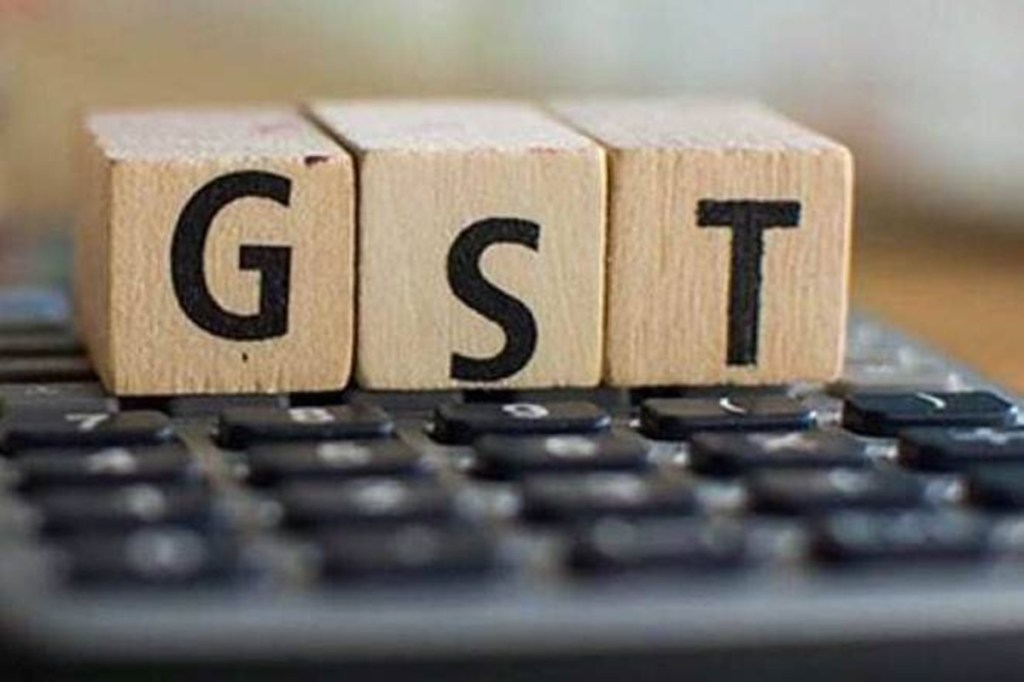Post implementation of GST, the GST Council has reduced GST rates umpteen number of times for various goods and services while simultaneously attempting to keep revenue collections on track. As a result, most goods in the 28% bracket have been brought down to 12 or 18%. Thus, at present very few items like luxury goods, and certain high revenue items such as cement, tyres, passenger vehicles and sin goods are left in the 28% slab.
Amidst the ongoing pandemic and economic slowdown, various industry players have rooted for further cutting down of GST rates. It is considered as one of the structural measures to boost domestic consumption, revive economic growth and bring GDP back on track. It has also been noticed that post the festive season, there has been a slight recovery in the economy. Industrial demand picked up in the third quarter, and the country has witnessed its highest ever GST collection of Rs. 1.15 lakh crores in December 2020. The average GST revenue growth for the third quarter was 7.3% as against negative revenue growth of (-8.2%) and (-41%) for the second and first quarter respectively.
Jury is still not out on whether reduction in GST rates have any direct correlation with economic growth. It is contended that lower GST rates reduce final price of the products, which in turn helps in boosting domestic consumption and sales. However, there is no empirical data to show that in order to drive up pandemic-impacted economies, any country has rationalised its rate of taxes. Thus, for increasing the demand, it is important that consumers’ purchasing power is also augmented. A rate cut may reduce the price of a product marginally by 5%, but the remaining 95% still needs to be paid by the consumer. No doubt for the economy to bounce back, consumption of goods and services has to increase but reducing GST rates, especially when the very essential supplies are already exempt or taxed at 5%, is not going to spur demand.




ALSO READ | Budget 2021 Expectations: Real estate bets big on this year’s budget – Here’s why
Any further reduction in GST rates at this juncture, needs to be weighed keeping in perspective the fiscal deficit of the government which at Rs.10,75,507 crore and is at a 7-year high of 4.6% of GDP in 2019-2020. So, even presuming that there may be a marginal increase in demand if GST rates are lowered, given the dire fiscal situation there is little room for reducing GST rates.
Instead, introducing more initiatives such as the Production Linked incentive (PLI) schemes for attracting better investments (recently approved for 10 more sectors), reducing tax compliances for enhancing ease of doing business, widening of credit pools in the credit chain mechanism, and faster processing of GST refunds for better cash flows, will reduce operational costs of the businesses. This benefit imperceptibly passes on to the consumers in the competitive world and more sustainably improves production and consumption levels. This will also create a healthier business environment from taxation standpoint.
That said, the GST Council may still consider rationalising rates but in specific sectors/areas where either the demand has shown saturation for a considerable period of time or where rate reduction will ultimately expand market. For instance, two wheelers and motorcycles are taxed at 28%, which are neither luxury nor sin goods as quoted by the Finance Minister herself. A reduction in such category from 28% to 18% may enhance demand in the long run, ultimately bring more fresh investments and create additional jobs, thereby expanding the market horizon.
Nonetheless, the same also needs to be done cautiously while ensuring it doesn’t lead to inverted duty structure.
In the past one and half years, systematic changes have been made within the GST framework such as synchronisation of income-tax data with GST and Customs through data analytics and introduction of e-invoicing. This has ultimately resulted in checking tax leakages in the system and busting of fake tax invoice rackets, thus improving compliance and collections. It is important that this momentum is sustained and revenue collections stabilise for some time for public spending.
In any case, GST rate fixation is not a part of the Central Government budget but within the purview of the GST Council. It has been a long pending demand of the industry that GST should have fewer slabs. In all fairness, it is only when the revenue position stabilises, that the GST Council can consider further rationalising GST rates.
(By Atul Gupta, Senior Director with Deloitte Haskins and Sells LLP)





















